During the solar eclipse of 1954, Nobel laureate Maurice Allais observed anomalous behavior of his pendulum. This effect was named “The Allais Effect,” and subsequent study has been largely neglected, due to a philosphical bias, and the implications of the results.
I have been having a hard time finding information about the book Maurice Allais published in 1997:
“The Anisotropy of Space: The necessary revision of certain postulates of contemporary theories.” Why is this?
Looking at the content, it becomes obvious why modern physics tries to bury Allais’s work, and the anomaly of the Allais effect, as it directly contradicts modern theories:
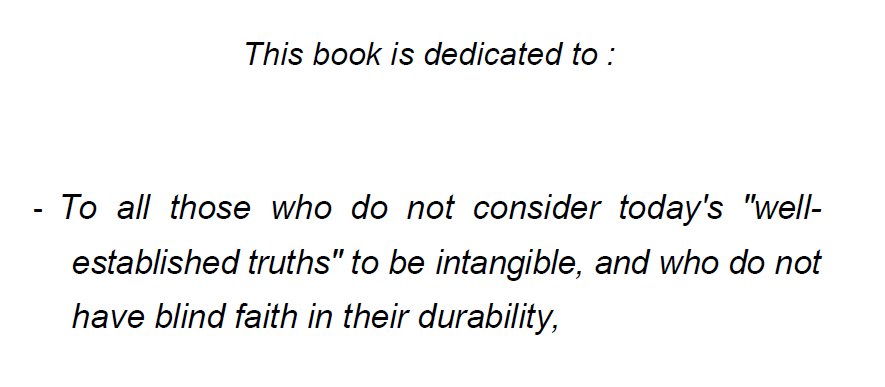
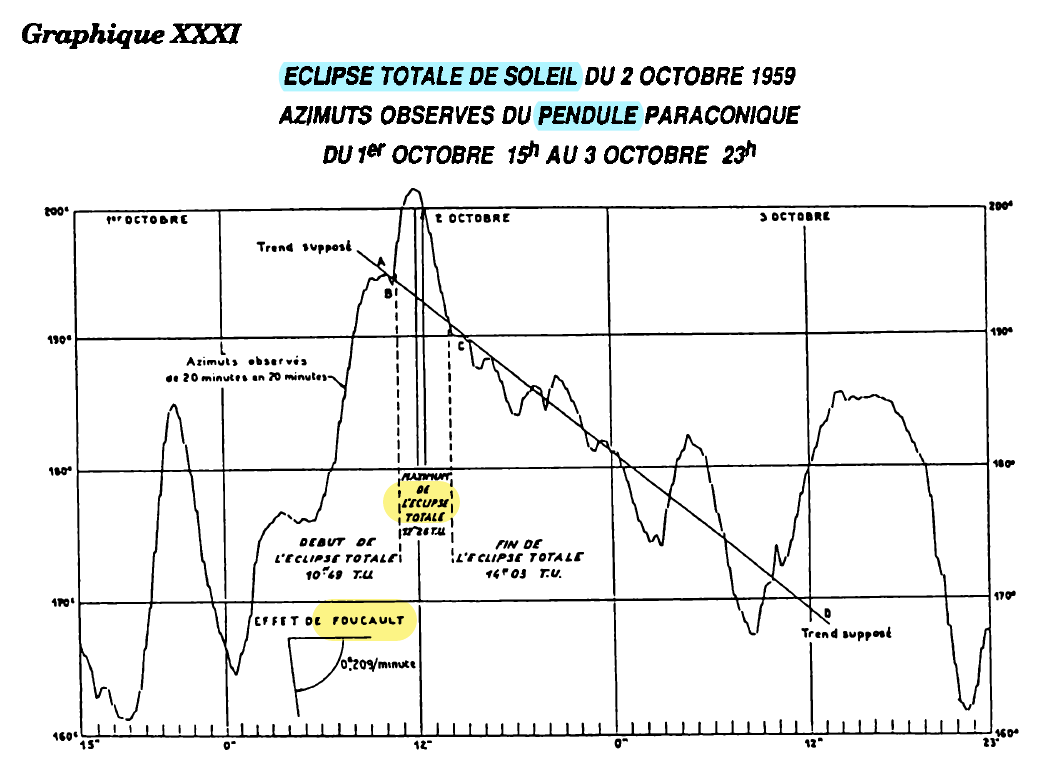

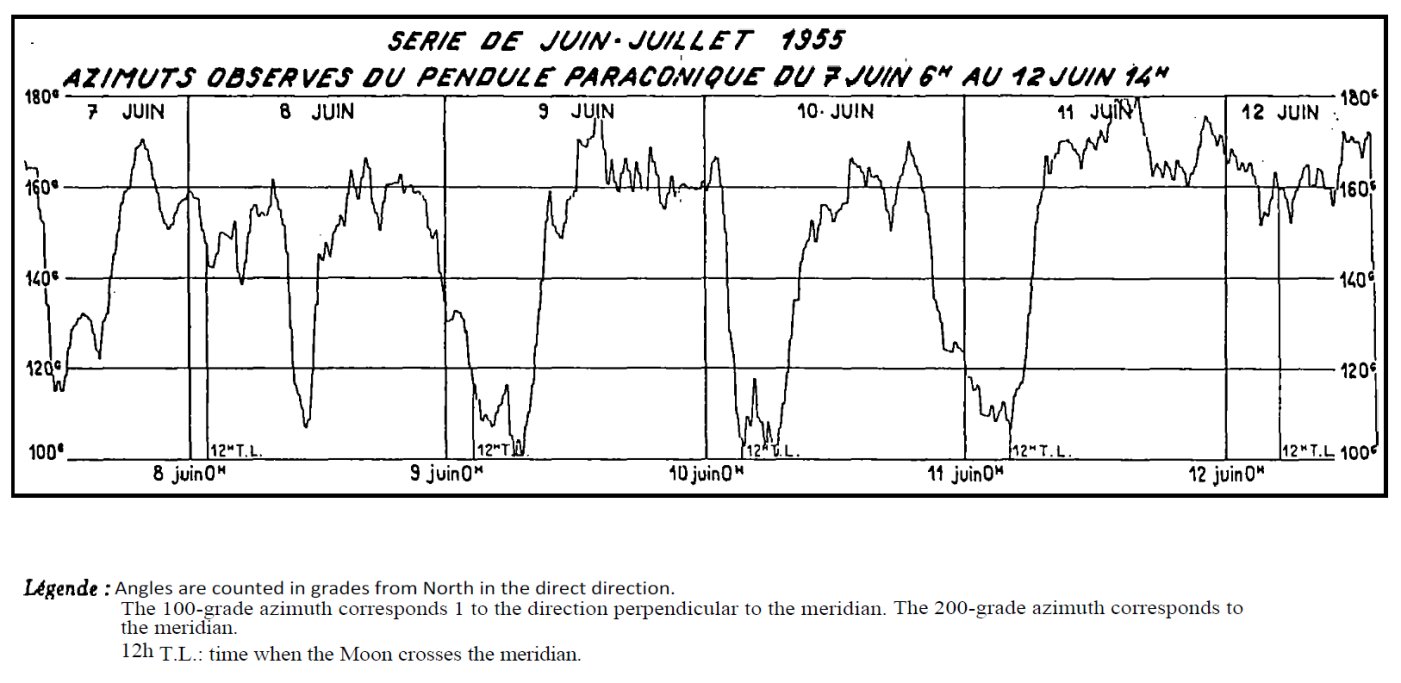
Maurice Allais continued to observe his pendulum over the years, and found that the variations in the precession rate, were relative to the sidereal motion of the Sun and Moon:

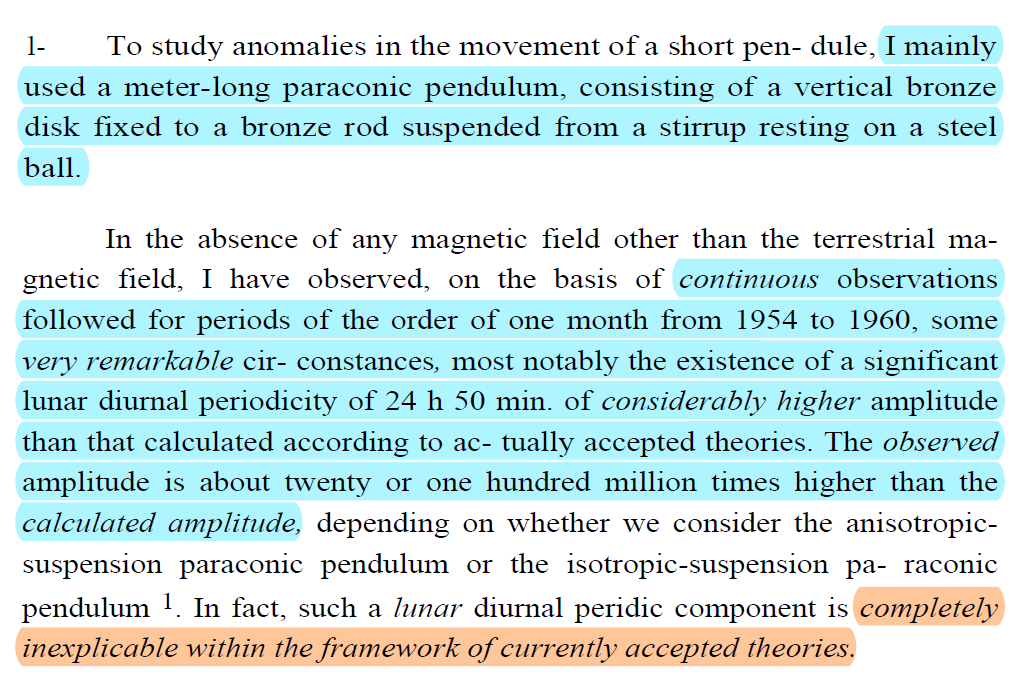

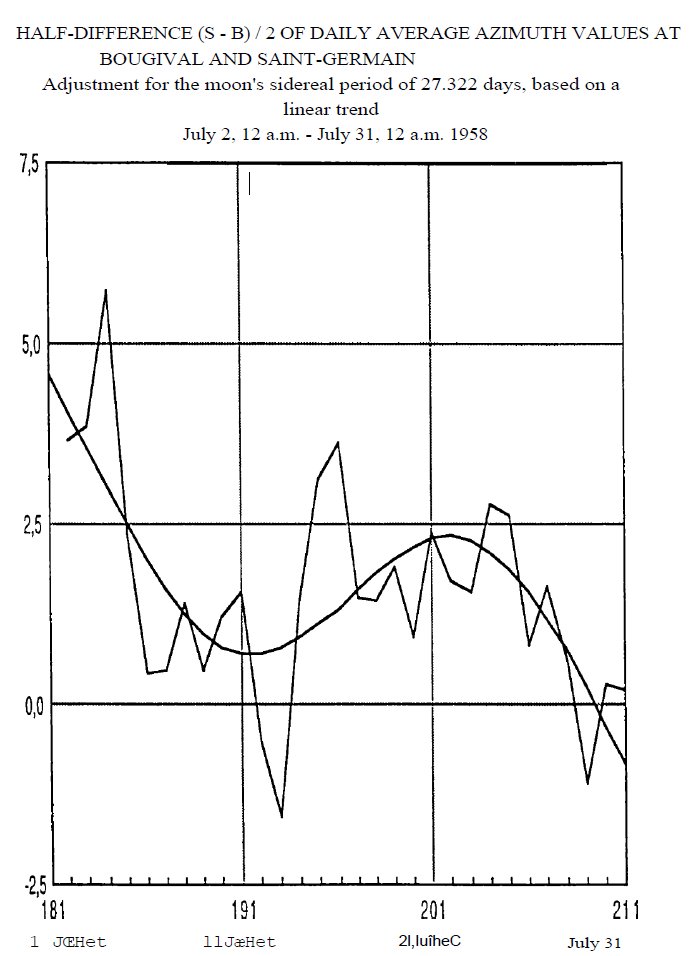
Maurice Allais had a lot to say about gravity too.
 Translation:
Translation:
“It is therefore appropriate to consider that the current laws of gravitation are in no way the perfectly verified, definitive, and immutable laws, on which one bases the assertion that my experimental results are contrary to all the experience acquired in the field of astronomy. These laws, like all experimental laws, are only verified with a certain approximation.”
Allais also disagreed with Newton:
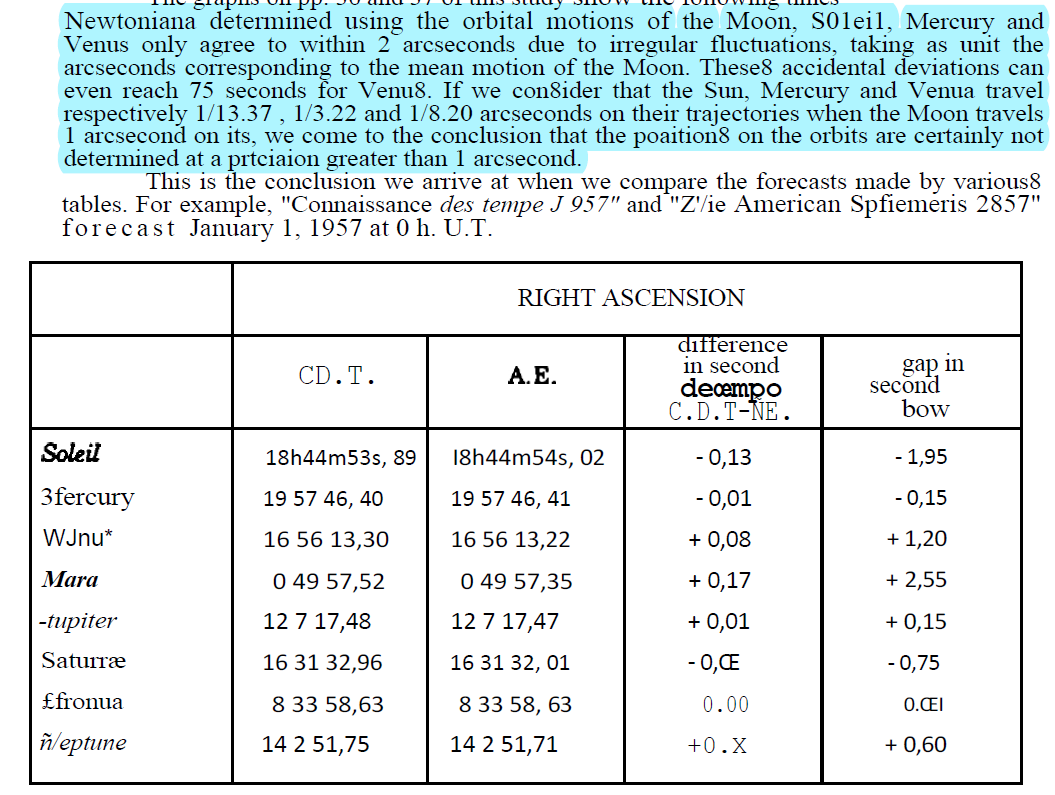
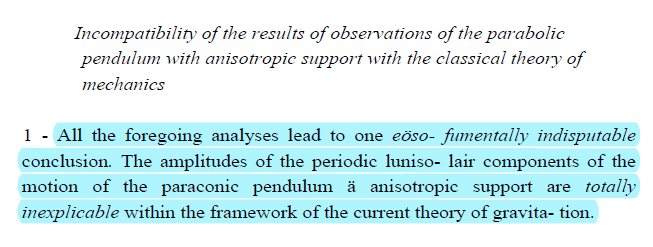
The ISBN of the book is 2-908735-09-1.
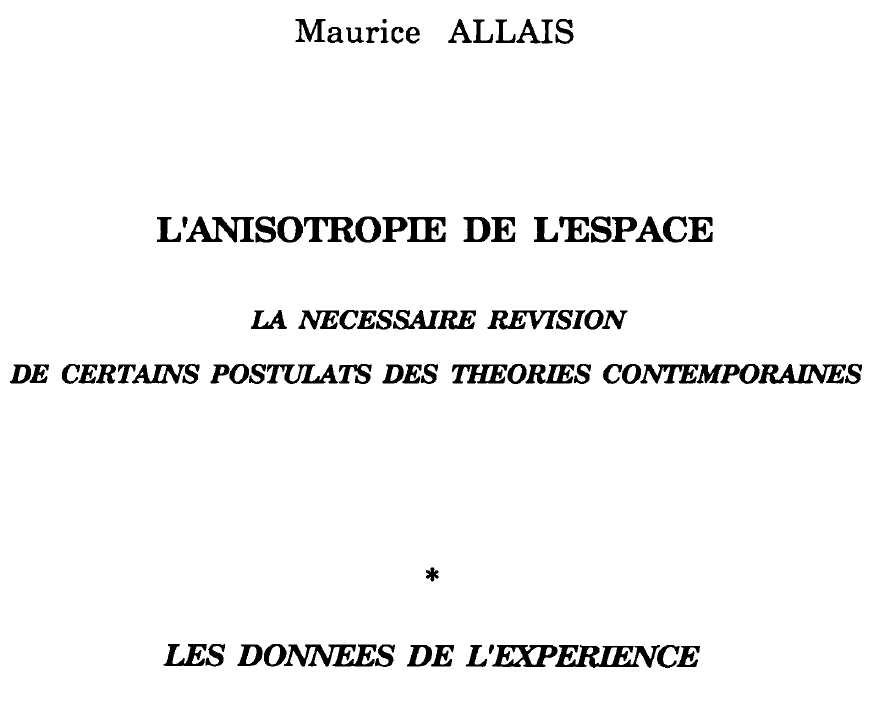
The book was published in 1997, but according to Wikipedia, it does not exist:
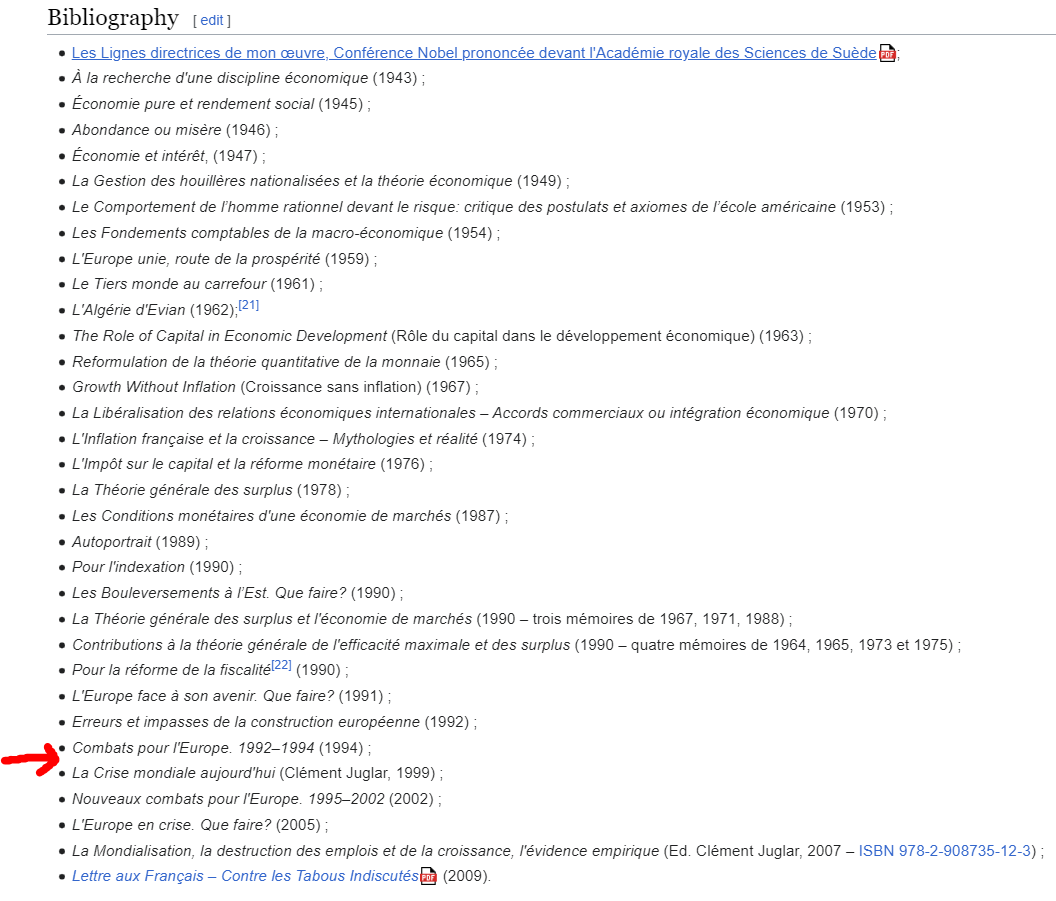
It’s important to note, that in 1970, a Harvard paper was published corroborating Allais’s results, and indicating that they had been measuring the same effects for 17 years.
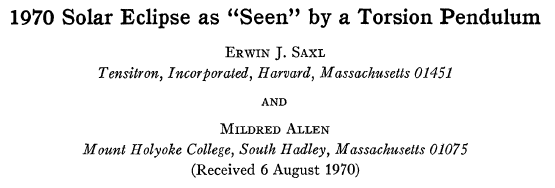
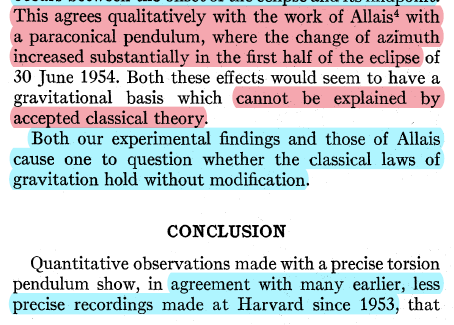
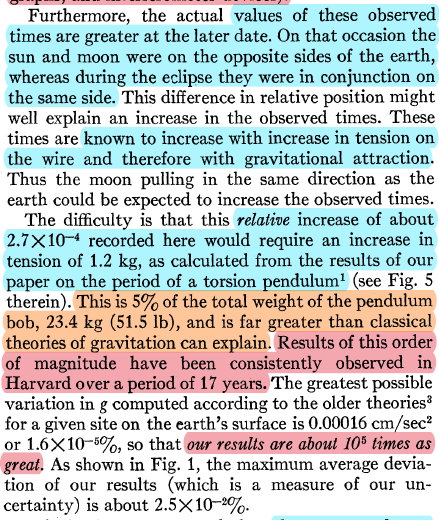
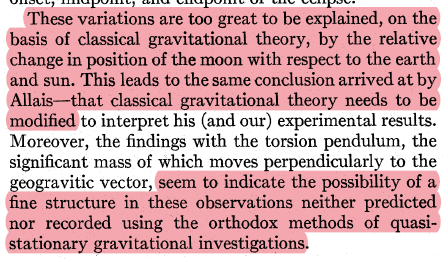
1970 Solar Eclipse as Seen by a Torsion Pendulum